Taste of the Wild High Prairie Canine Recipe with Roasted Bison & Roasted Venison Dry Dog Food
Roasted bison and roasted venison combine for a unique taste that you can’t find anywhere else outside the wild. 32% of this recipe is protein, giving dogs the highly digestible energy they need to remain active, while vegetables, legumes and fruits provide powerful antioxidants to help maintain overall vitality. This maintenance recipe is designed to meet the nutritional needs of adult dogs.
Roasted bison and roasted venison combine for a unique taste that you can’t find anywhere else outside the wild. 32% of this recipe is protein, giving dogs the highly digestible energy they need to remain active, while vegetables, legumes and fruits provide powerful antioxidants to help maintain overall vitality. This maintenance recipe is designed to meet the nutritional needs of adult dogs.
- Pasture-Raised Bison & Pasture-Raised Venison – Roasted bison and roasted venison provide highly digestible protein with a roasted flavor your dog will crave.
- Species-Specific Probiotics – Healthy digestive and immune systems are vital to the overall health of your pet. Our proprietary K9 Strain Probiotics are developed specifically for dogs and added after the cooking process to ensure viability. Each pound of Taste of the Wild provides 80 million live, active cultures that help support healthy digestive and immune systems.
- Omega Fatty Acid Blend – Balanced levels of omega-6 and omega-3 fatty acids work together to support healthy skin and a shiny coat.
- Great For Adult Dogs – This recipe is specifically designed to provide complete nutrition and help maintain the sleek condition of good health for your adult dog.
- Dried Chicory Root – This source of prebiotic fiber provides fuel for the beneficial probiotic bacteria in the digestive system.
- Antioxidants – Vegetables, legumes and fruits, including sweet potatoes, peas, tomatoes, blueberries and raspberries, provide nutrients that help support your dog’s overall well-being, while guaranteed levels of zinc, selenium and vitamin E support the immune system.
Additional information
| Country of Origin | Made in USA |
|---|---|
| Breed Size | Extra Small, Small, Medium, Large, Extra Large |
| Flavor | Bison and Venison |
| Health Features | Brain Health, Immune System Support, Vision Health, Digestion Support, Oral Health, Skin & Coat Health |
| Life Stage | Adult |
| Primary Flavor | Venison, Bison |
| Special Diets | Probiotics, Grain Free, Includes DHA, AAFCO Formulated, Omega Fatty Acids |
| Manufacturer Part Number | 9567 |

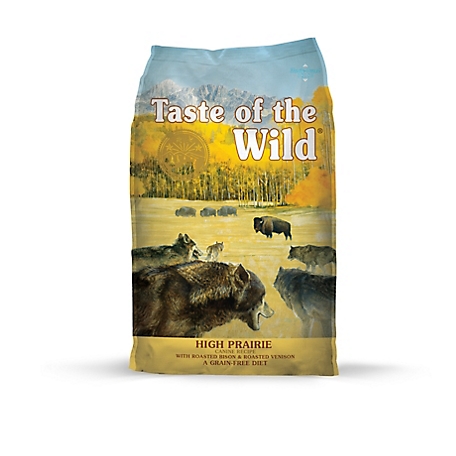
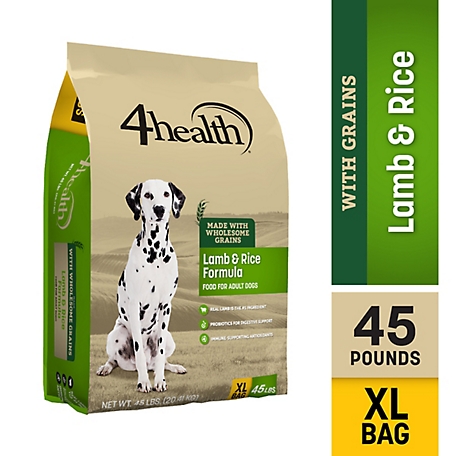


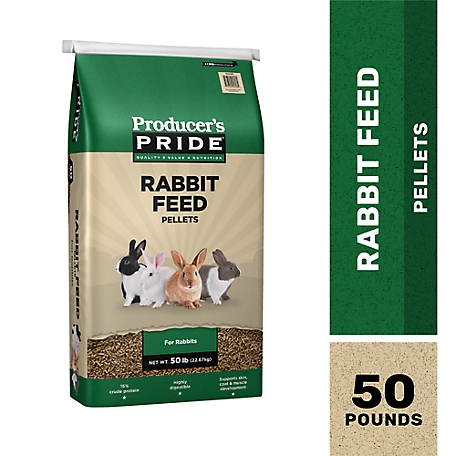


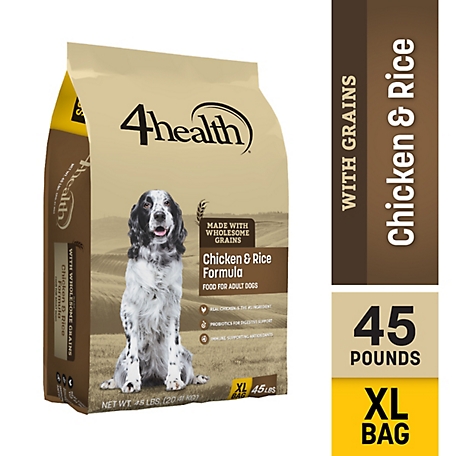
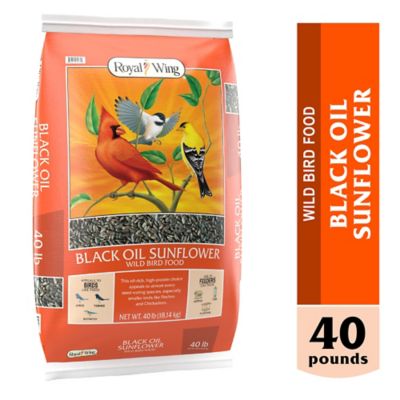

by Megan
Wonderful food.
by Lake
Just recently found out one of my dog has food allergies. Taste of the wild has TWO flavors that he can now eat with no issues.
by Migue
My vet can’t believe my dog is 14 years old because of this dog food.
by Koofie
Good quality feed! I’m using this during a move, when making raw food would be difficult. My dog has had no issues with switching. He doesn’t usually have stomach issues though! We will switch back to making raw in a few weeks but I’m glad to have this option in the meantime.
by Andy
Great food for dogs.